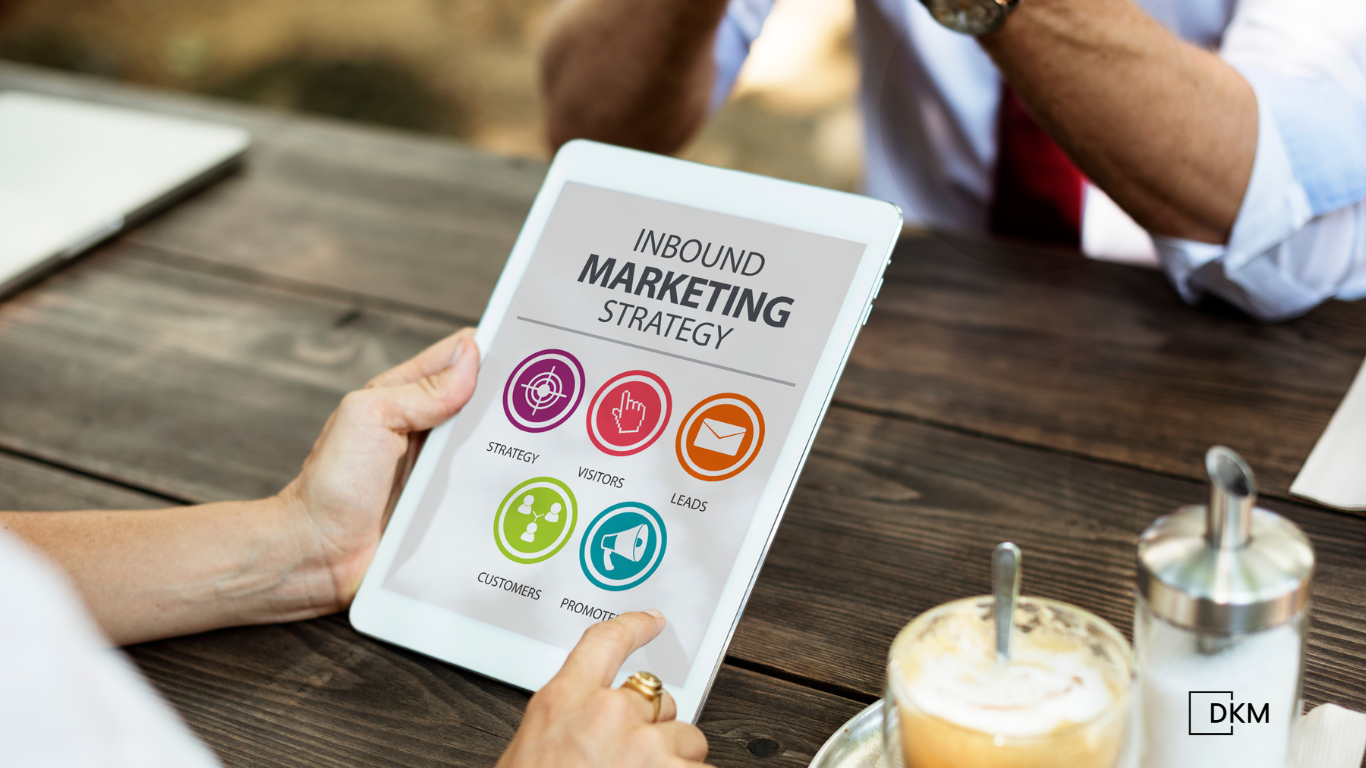What does Inbound Marketing Mean?
Inbound marketing refers to a marketing approach that focuses on attracting and engaging potential customers through the creation and sharing of valuable content. It is a customer-centric strategy that aims to pull people towards a brand or business rather than pushing promotional messages at them.
Inbound marketing focuses on attracting customers by creating valuable content and experiences that are tailored to their needs. In contrast, outbound marketing involves interrupting potential customers with unsolicited messages.
The key principles of inbound marketing include:
- Attraction: Creating compelling and relevant content, such as blog posts, videos, social media updates, and eBooks, that aligns with the interests and needs of the target audience. This content is designed to attract potential customers and generate inbound traffic.
- Engagement: Once the audience is attracted, inbound marketing aims to engage them by providing further value and building a relationship. This can involve interactive content, personalized emails, social media interactions, and other means of connecting with the audience.
- Conversion: As engagement increases, inbound marketing strives to convert prospects into leads and customers. This is often done through lead nurturing campaigns, email marketing, targeted offers, and providing additional content or resources that address specific needs or pain points.
- Delight: Inbound marketing extends beyond the point of purchase. It emphasizes providing ongoing value and support to customers, fostering loyalty, and encouraging advocacy. Happy and satisfied customers become promoters who can help attract new customers through positive reviews, referrals, and word-of-mouth.
Inbound marketing is often contrasted with outbound marketing, which involves more traditional methods like cold calling, direct mail, and television advertisements. The goal of inbound marketing is to create a positive customer experience, establish credibility and trust, and ultimately drive long-term customer engagement and business growth.
Inbound marketing can be a very effective way to attract and retain customers. By creating valuable content and experiences, you can position your company as an expert in your industry and build trust with potential customers. This can lead to increased sales, improved customer satisfaction, and a stronger brand reputation.
Benefits of Inbound Marketing:
- It is more cost-effective than outbound marketing.
- It is more effective at generating leads and sales.
- It helps to build relationships with potential customers.
- It improves customer satisfaction.
- It enhances your brand reputation.
If you are looking for a way to improve your marketing results, inbound marketing is a great option to consider.
Examples of inbound marketing tactics:
- Blog posts: Blog posts are a great way to share your expertise and attract new visitors to your website.
- eBooks: eBooks are a valuable resource that can help you build trust with potential customers.
- White papers: White papers are in-depth reports that can help you position yourself as an expert in your industry.
- Infographics: Infographics are a visually appealing way to share information and data.
- Videos: Videos are a great way to engage with potential customers and tell your company's story.
- Podcasts: Podcasts are a great way to share your expertise and build relationships with potential customers.
- Social media: Social media is a great way to connect with potential customers and promote your content.
- Email marketing: Email marketing is a great way to nurture leads and keep in touch with customers.
If you are new to inbound marketing, there are a few things you need to do to get started:
- Define your target audience: Who are you trying to reach with your inbound marketing efforts?
- Create valuable content: What kind of content will be most appealing to your target audience?
- Promote your content: How will you get your content in front of your target audience?
- Track your results: How will you measure the success of your inbound marketing efforts?
Inbound marketing can be a complex process, but it is a very effective way to attract and retain customers. By following the tips above, you can get started with inbound marketing and start seeing results.
Need a little help with your inbound marketing? Give us a shout!
